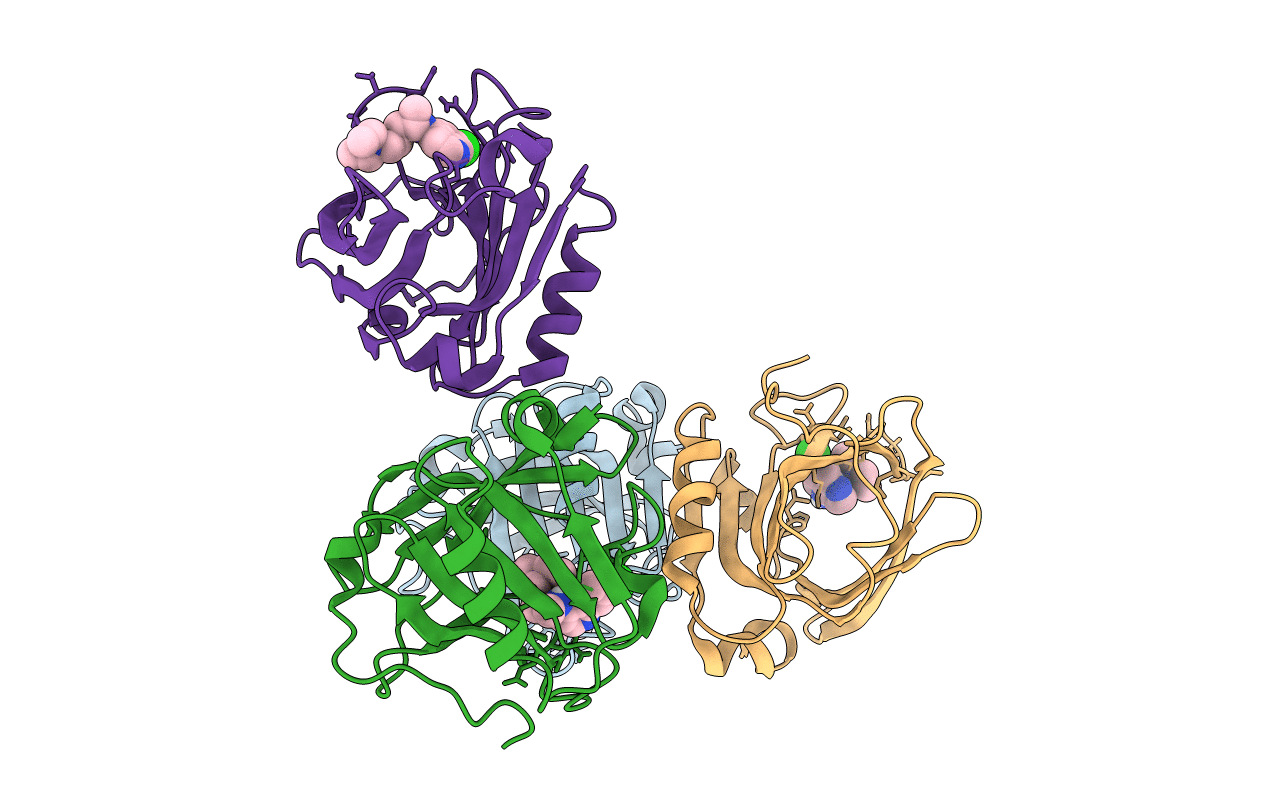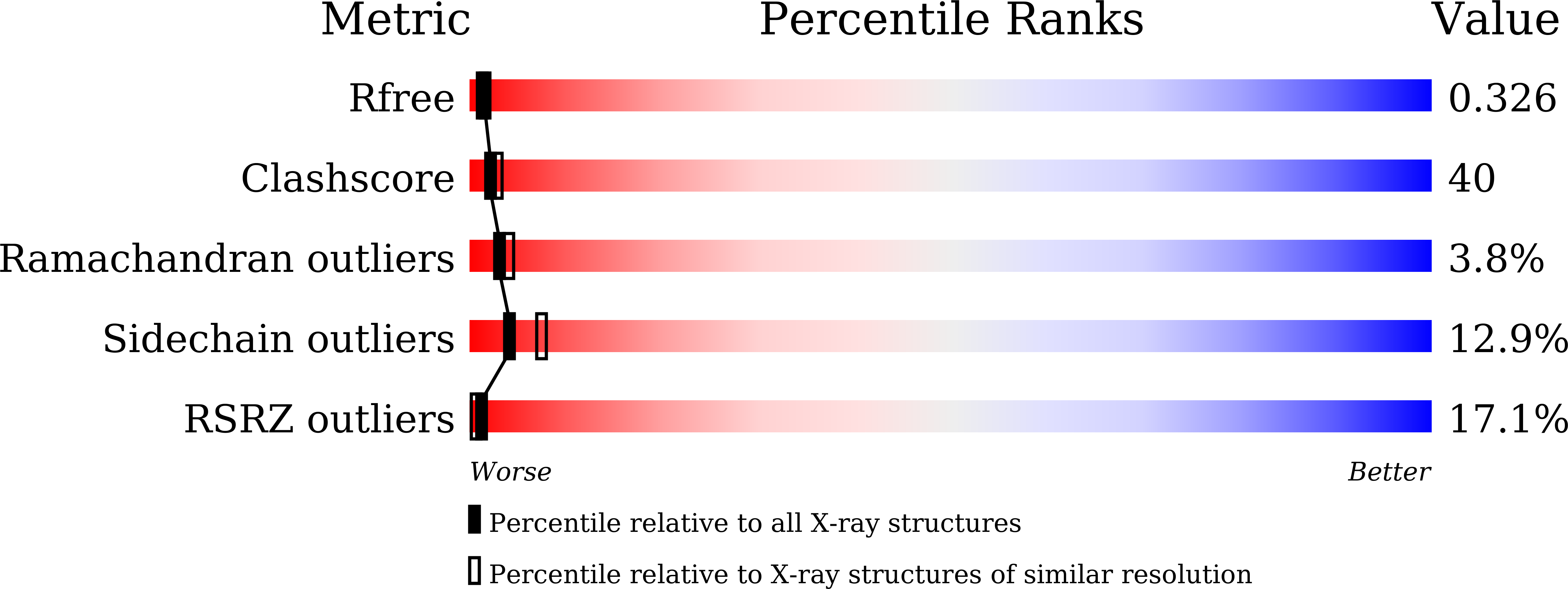
Deposition Date
2021-05-05
Release Date
2022-05-18
Last Version Date
2024-10-16
Entry Detail
PDB ID:
7ER3
Keywords:
Title:
Crystal structure of beta-lactoglobulin complexed with chloroquine
Biological Source:
Source Organism:
Bos taurus (Taxon ID: 9913)
Host Organism:
Method Details:
Experimental Method:
Resolution:
2.60 Å
R-Value Free:
0.32
R-Value Work:
0.24
R-Value Observed:
0.25
Space Group:
C 1 2 1


